Detoxification does not have to cost a lot since most of its withdrawal outcomes are less fatal and less severe compared to other substances such as opioids and benzodiazepines. But you mustn’t be complacent since abusing marijuana in combination with other drugs can result in more severe withdrawal symptoms.
To get an overview of the things that can affect its cost, the following are some of the factors:
- Location of detox treatment
- Length of detox treatment
- Degree of required medical attention
If you have a health insurance plan, or you are a benefactor of a government grant, then this can even be cost-free.
An Overview Of Marijuana

Marijuana is one of the leading substances that are used by a huge number of the population in the United States. This drug comes next to alcohol.
With several states in the country granting its legalization and more other states considering the following, it is likely for this number to increase in the next few years.
The legalization of marijuana includes using it either for medical or recreational purposes. This move has certainly brought the misconception that the drug is less dangerous.
But experts continue to reiterate that this legalization does not diminish the addictive potential of marijuana at all. In fact, the lack of restrictions has encouraged drug manufacturers to increase the strength of marijuana which studies have shown to have been observed nowadays.
Despite all these, marijuana, which contains Tetrahydrocannabinol (THC), continues to be a Schedule I controlled drug because of its highly addictive factor.
When Is Marijuana Detox Needed
Detox treatment is necessary especially when a person begins to develop a Cannabis Use Disorder. If the condition is left to persist without any intervention, it can impair a person’s logical thinking as well as coordination of movement.
When this happens, users are more prone to be involved in accidents as well as conflicts with their responsibilities and even with other people. The tendency to lose their job, drop out of school, and engage in fights are just a few likely things.
Some people intend to detox to get a job. Since passing a drug test is one of the requirements, some resort to using detox kits to yield a negative drug test result.
Detox kits are legally manufactured to change the chemical content of a person’s urine, and most likely, hide the presence of THC in the system. Despite its popularity, it is not guaranteed to be effective and its side effects remain unknown.
Factors Affecting The Cost Of Detox

Medical detox is a key to achieving a lasting recovery from marijuana. If you want to live a better life, then you should get through this phase. The following are the factors that affect its cost.
Location of detox treatment
This is the primary factor that impacts the cost of detox. For marijuana, you can detox in three options: at home, through outpatient care, or inpatient treatment.
Typically, drug detox ranges from $1000 to $1500. Of course, the cost could be lower when it is conducted at home and could be higher depending on the amenities offered in inpatient treatment.
Length of detox treatment
Unlike other substances, detoxing marijuana is longer, particularly, it can last for up to a month. The physical symptoms can persist for at least two weeks, and the psychological ones can progress for months.
If your body responds to the treatment significantly in less than a month, then you are most likely to save up for the full cost. But if your condition requires longer treatment, it could also be more expensive.
Degree of required medical attention
Some detox care requires treatment for other co-occurring physical and mental health problems. These conditions must not be left untreated, which means, it also adds up to the cost.
Severe complications are not very common as you detox with marijuana. As long as you follow medical advice, then you are safe from spending more.
What To Pay For In A Marijuana Detox
The withdrawal symptoms that come with detox can be managed in two different ways. First, through prescribed medicines, and second, through therapies.
Medications
There is no specific medication intended to treat marijuana withdrawal. Cravings for the substance are best controlled through therapy. Specific withdrawal symptoms can also be relieved through medical prescriptions.
You can take a look at how over-the-counter medicines for headaches, body pain, and nausea cost. Antidepressants and sleep aids are also commonly prescribed during detox.
Therapies

Therapists typically cost around $100 per hour. It seems quite pricey, however, with marijuana, therapies are essential to help one overcome their cravings for the drug.
Considering that the FDA has not approved any drugs for marijuana withdrawal, the best intervention would be therapies. Therapies from support groups are also helpful options. Plus, they come without any cost at all.
Payment Options For Detox
There are several payment options for detox, and these are the following:
- State-funded health insurance programs
- Private health insurance plans
- Rehab facility payment services
- Fundraising
The most popular payment option would be the use of Medicaid. It is a federal and state-funded health insurance program that can cover the cost of medications and therapy sessions during detox. Medicaid can also cover the cost of inpatient and outpatient programs.
Although it is acceptable to perform detox at home, those with severe addiction and co-occurring physical and mental health problems are not advised to detox at home. They can be safely treated in an inpatient rehab facility.
Some rehab facilities offer various payment schemes to those who can hardly afford the cost of the treatment. Typically, these centers can offer loans to eligible patients or even grant scholarship aids. If interested, you can contact the available services offered by the nearest center in your local community.
There are a lot of methods that can be done to pay for one’s treatment. Initiating fundraising can even be a good means. Although the cost is an important factor to think about, it should not be a major reason to stop getting yourself treated.

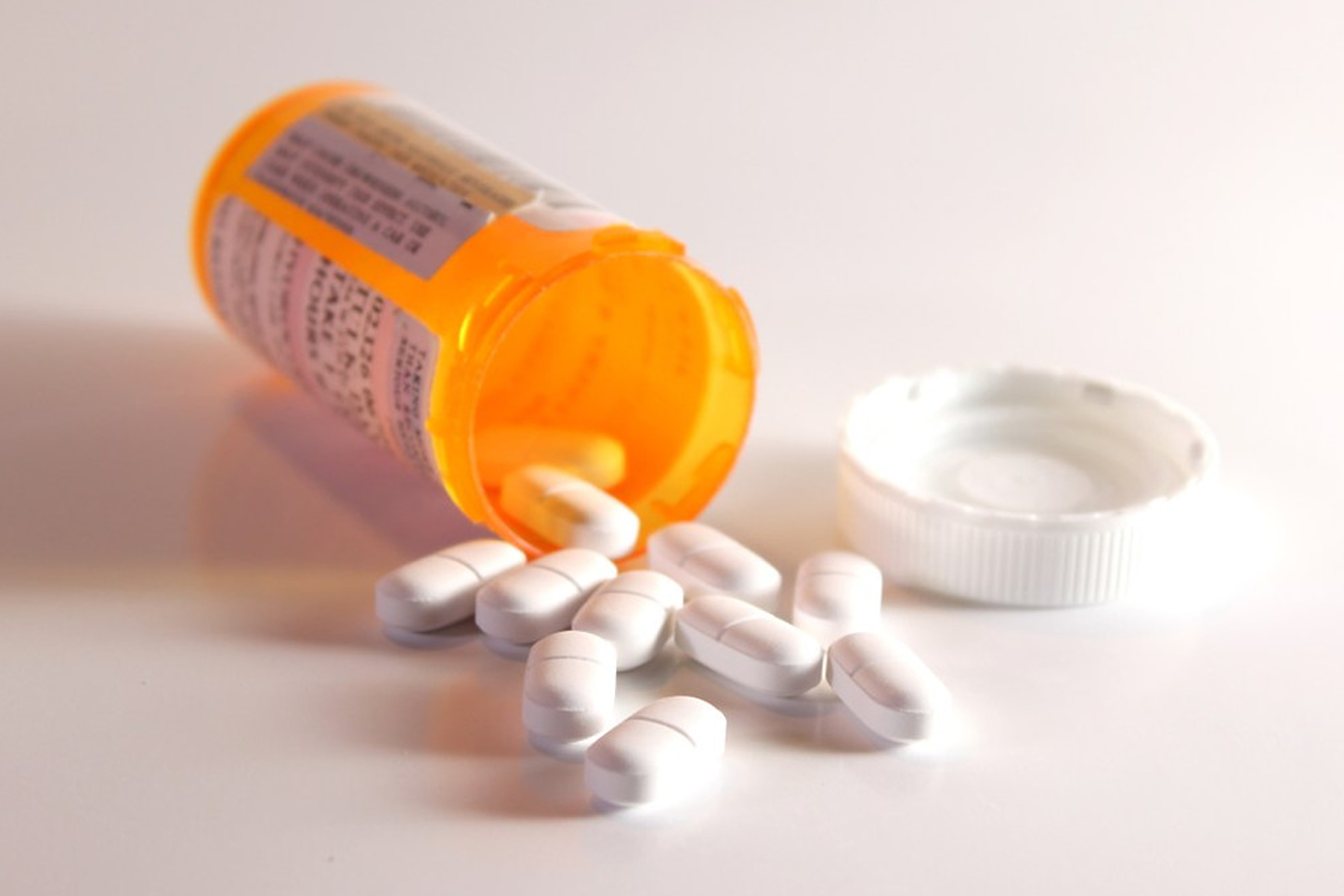
 With the increasing number of people affected by Vicodin addiction, an accessible and affordable treatment plan becomes a great need for this time. Fatalities caused by the drug may surge if the condition is left without medical care.
With the increasing number of people affected by Vicodin addiction, an accessible and affordable treatment plan becomes a great need for this time. Fatalities caused by the drug may surge if the condition is left without medical care.

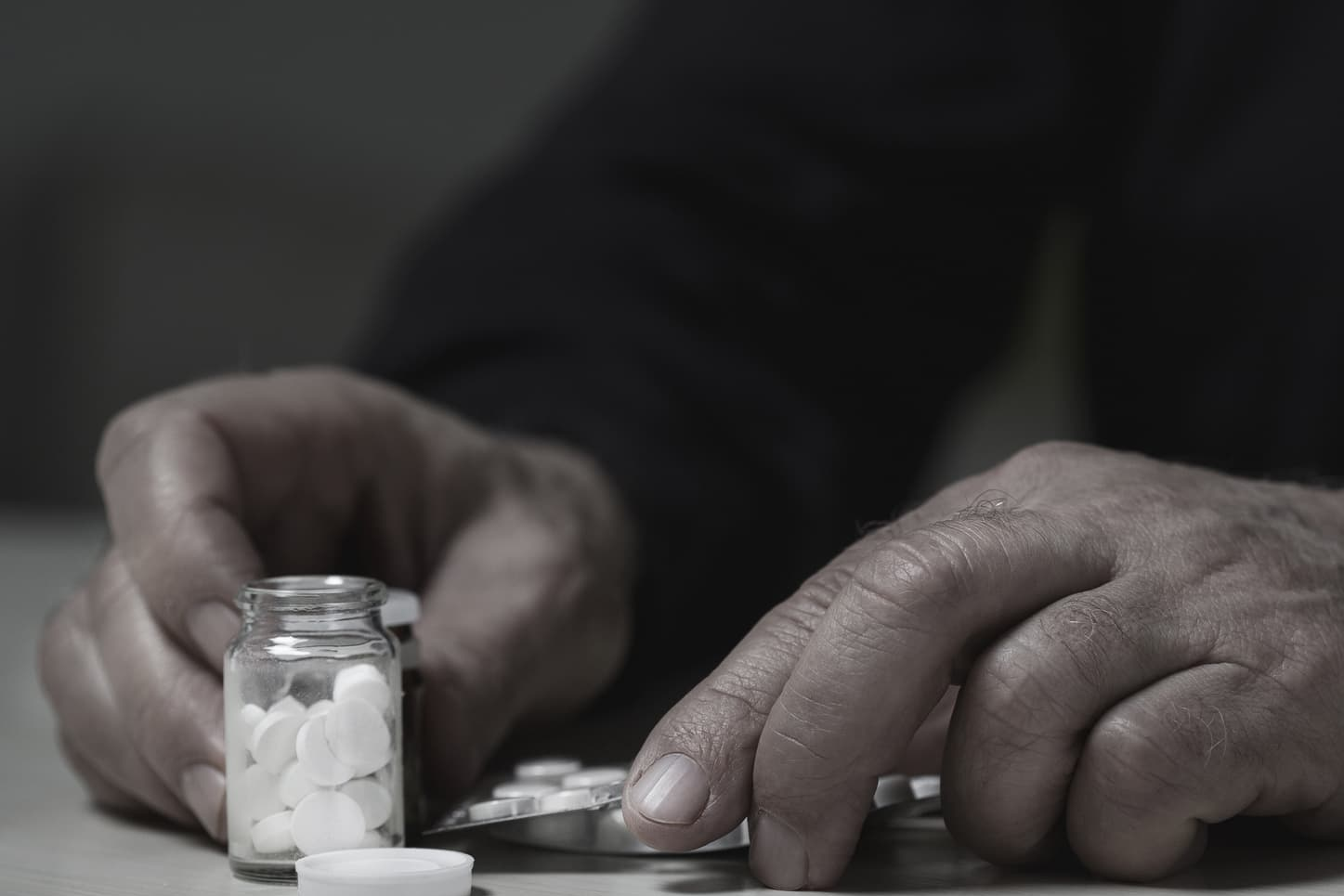
 4-hour medical support
4-hour medical support These factors may not appeal to those who need to keep their job to earn an income and to those who financially struggle even with their basic needs. Parenting responsibilities must also be passed on to another caregiver which can add up to the expenses. This could really be quite a tough setup for some.
These factors may not appeal to those who need to keep their job to earn an income and to those who financially struggle even with their basic needs. Parenting responsibilities must also be passed on to another caregiver which can add up to the expenses. This could really be quite a tough setup for some. It is important to understand that addiction treatment comes with a cost. One can spend thousands of dollars on just a month-long care. However, this should not be the main reason for one to put off their treatment or choose a type of care against medical advice. The needs of both physical and psychological self must be the priority in choosing a treatment plan.
It is important to understand that addiction treatment comes with a cost. One can spend thousands of dollars on just a month-long care. However, this should not be the main reason for one to put off their treatment or choose a type of care against medical advice. The needs of both physical and psychological self must be the priority in choosing a treatment plan.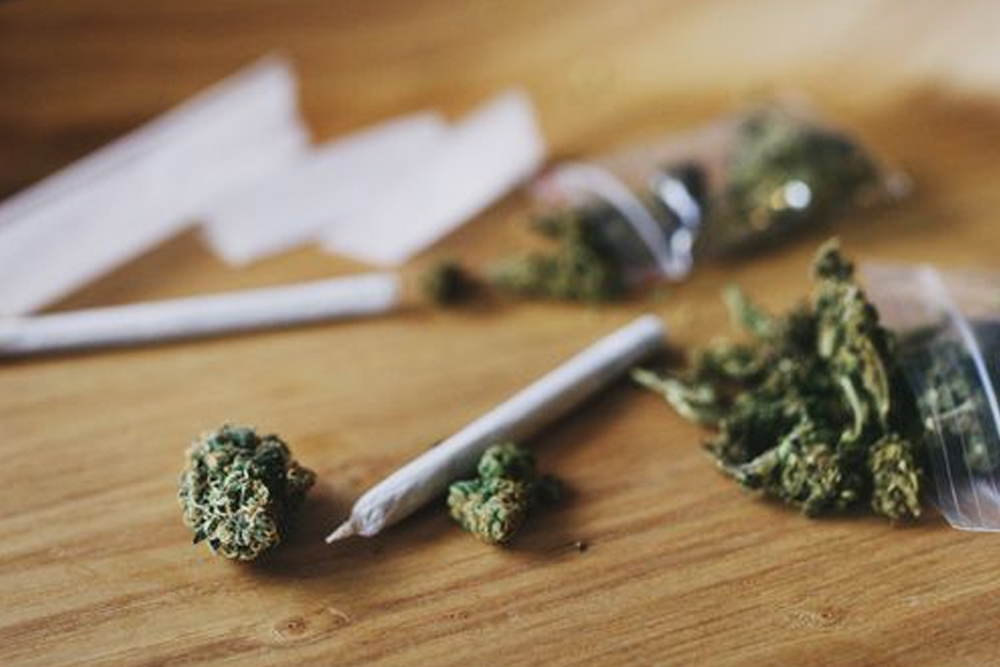



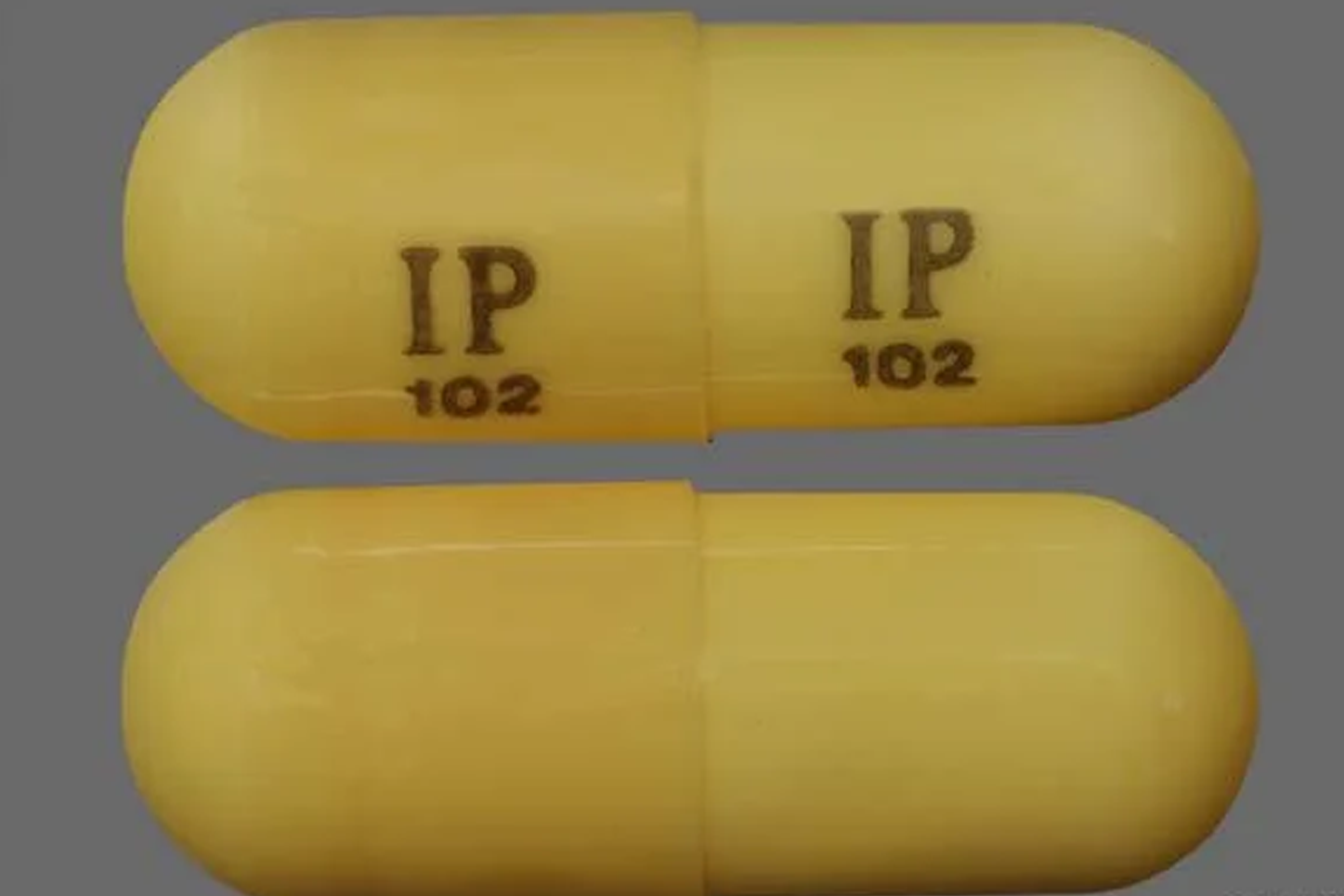
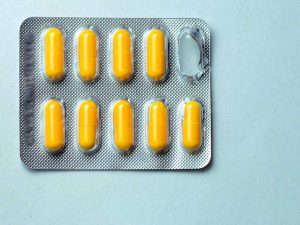 It is important to understand that despite the multiple uses of the drug in treating several illnesses, it contains an addictive potential that can pose withdrawal symptoms once the cessation of the drug takes place. This nature must be highly considered even before prescribing Gabapentin for a certain illness.
It is important to understand that despite the multiple uses of the drug in treating several illnesses, it contains an addictive potential that can pose withdrawal symptoms once the cessation of the drug takes place. This nature must be highly considered even before prescribing Gabapentin for a certain illness. While it is a known fact that withdrawal from any addictive substances can pose multiple health risks that can even be fatal if done without medical supervision, experts note that some individuals only resort to medical care when they experience severe conditions during withdrawal to Gabapentin. This makes knowledge of its nature quite limited to understand.
While it is a known fact that withdrawal from any addictive substances can pose multiple health risks that can even be fatal if done without medical supervision, experts note that some individuals only resort to medical care when they experience severe conditions during withdrawal to Gabapentin. This makes knowledge of its nature quite limited to understand. Gabapentin is classified as an anticonvulsant which means that it affects brain processes by slowing down rapid activities. This often results in calmness and even sedation. Any substance whose nature contrasts with the function of Gabapentin can lead to dangerous outcomes.
Gabapentin is classified as an anticonvulsant which means that it affects brain processes by slowing down rapid activities. This often results in calmness and even sedation. Any substance whose nature contrasts with the function of Gabapentin can lead to dangerous outcomes.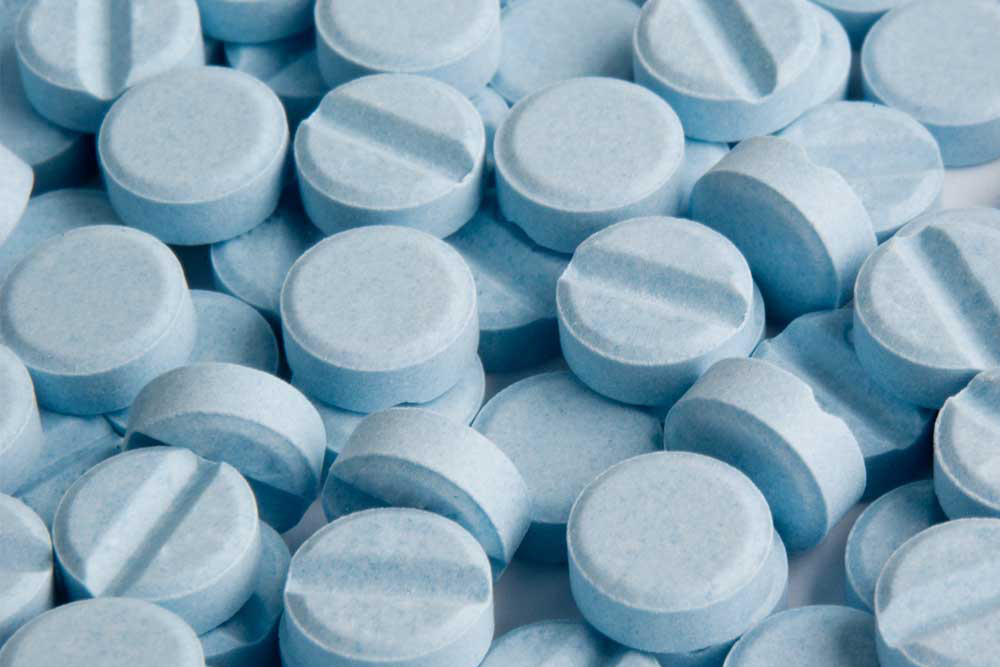
 With extreme substance abuse comes a strong tolerance even to high doses. When a person is prone to tolerating high doses, cessation of using the drug can be overwhelming for the body to endure. Likewise, brain function changes drastically and becomes more dependent on the presence of the substance.
With extreme substance abuse comes a strong tolerance even to high doses. When a person is prone to tolerating high doses, cessation of using the drug can be overwhelming for the body to endure. Likewise, brain function changes drastically and becomes more dependent on the presence of the substance. Withdrawal by quitting cold turkey is a very dangerous option to take. For a potent substance such as Klonopin, the safest way to detox is to taper one’s dosage. By gradually reducing the amount of Klonopin in the body, there is much time for it to adapt to the slight changes and eventually heal the physical dependence until the treatment plan is completed.
Withdrawal by quitting cold turkey is a very dangerous option to take. For a potent substance such as Klonopin, the safest way to detox is to taper one’s dosage. By gradually reducing the amount of Klonopin in the body, there is much time for it to adapt to the slight changes and eventually heal the physical dependence until the treatment plan is completed. If a person is taking Klonopin to manage seizures or panic attacks, this can most likely recur as soon as the drug is removed from the bloodstream. The worst thing about it is that the intensity magnifies compared to the previous state. The same thing happens to conditions such as anxiety disorder as well as insomnia.
If a person is taking Klonopin to manage seizures or panic attacks, this can most likely recur as soon as the drug is removed from the bloodstream. The worst thing about it is that the intensity magnifies compared to the previous state. The same thing happens to conditions such as anxiety disorder as well as insomnia.
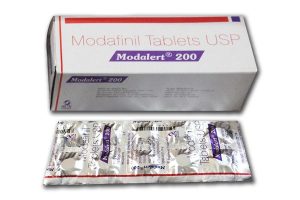 One evident withdrawal symptom of cocaine is sleepiness. This can disrupt your sleeping pattern and work habits. To solve this, you can take modafinil since it helps you stay up, just enough you get tired at night to sleep well.
One evident withdrawal symptom of cocaine is sleepiness. This can disrupt your sleeping pattern and work habits. To solve this, you can take modafinil since it helps you stay up, just enough you get tired at night to sleep well. Experiencing seizures and behavioral disorders are two crucial withdrawal effects when you taper off from cocaine. To reduce that risk, this anticonvulsant can help you. It helps prevent your body from getting seizures.
Experiencing seizures and behavioral disorders are two crucial withdrawal effects when you taper off from cocaine. To reduce that risk, this anticonvulsant can help you. It helps prevent your body from getting seizures.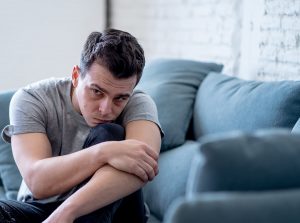 This first stage starts the moment you stop using the drug. You will start feeling it about an hour after your last intake. The average time you will be in this stage is for three days. This phase is critical since if you can’t handle your cravings, there’s a great chance of relapse.
This first stage starts the moment you stop using the drug. You will start feeling it about an hour after your last intake. The average time you will be in this stage is for three days. This phase is critical since if you can’t handle your cravings, there’s a great chance of relapse.
 Generally, it is the rehab center that schedules the first three dates of visitation. This applies to most inpatient addiction treatment facilities. This is to allow the patients to adjust to their new environment and refocus themselves from their usual day to day responsibilities at home to their new treatment plan. Visitors are also not allowed while the patient is in the detox phase which can usually last up to 14 days.
Generally, it is the rehab center that schedules the first three dates of visitation. This applies to most inpatient addiction treatment facilities. This is to allow the patients to adjust to their new environment and refocus themselves from their usual day to day responsibilities at home to their new treatment plan. Visitors are also not allowed while the patient is in the detox phase which can usually last up to 14 days. Rehab facilities are open to visitors at varying hours. Some are open from 2 pm to 9 pm only while others are open for up to 24 hours. Peak visits usually happen from 10 am to 8 pm. In line with this, there are occasions when visitors are allowed to dine with the patients. However, they are totally restricted from going inside the rooms of the patients in the rehab center.
Rehab facilities are open to visitors at varying hours. Some are open from 2 pm to 9 pm only while others are open for up to 24 hours. Peak visits usually happen from 10 am to 8 pm. In line with this, there are occasions when visitors are allowed to dine with the patients. However, they are totally restricted from going inside the rooms of the patients in the rehab center. They could take advantage of the time to express their struggles inside the rehab facility. It is best to listen to them more often and show them that they are understood, that their feelings are valid, and that they are important and valued. This kind of emotional support can surely help them unload the burden they have been carrying inside.
They could take advantage of the time to express their struggles inside the rehab facility. It is best to listen to them more often and show them that they are understood, that their feelings are valid, and that they are important and valued. This kind of emotional support can surely help them unload the burden they have been carrying inside.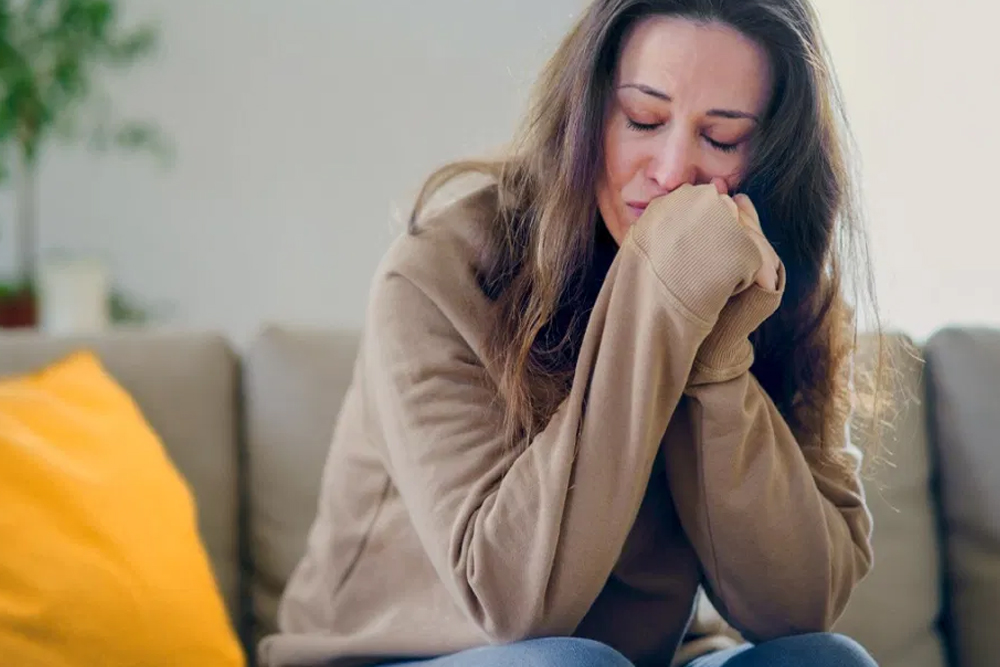
 Suicide is the main cause of premature death among people who suffer from bipolar disorder, and usually, this attempt occurs during a depressed state. The only difference between bipolar depression and depressive disorder alone is the presence of manic symptoms. A person with full energy at a point in a week may break down anytime in the same week.
Suicide is the main cause of premature death among people who suffer from bipolar disorder, and usually, this attempt occurs during a depressed state. The only difference between bipolar depression and depressive disorder alone is the presence of manic symptoms. A person with full energy at a point in a week may break down anytime in the same week. The crucial thing about taking prescribed medicines as part of the treatment is that there is no guarantee that these will relieve symptoms. The effectiveness of medications depends on how the body responds to them and it requires about four weeks to determine whether they fit the patient or not. This is the main reason why working closely with a physician is a must.
The crucial thing about taking prescribed medicines as part of the treatment is that there is no guarantee that these will relieve symptoms. The effectiveness of medications depends on how the body responds to them and it requires about four weeks to determine whether they fit the patient or not. This is the main reason why working closely with a physician is a must. Bipolar disorder is treatable and it is important to maintain a healthy lifestyle while taking medications and/or engaging in therapy. Keeping a healthy diet paired with daily physical and meditation exercises helps a lot in developing wellness in mind and body. It is important to avoid alcohol and get enough sleep to avoid stress.
Bipolar disorder is treatable and it is important to maintain a healthy lifestyle while taking medications and/or engaging in therapy. Keeping a healthy diet paired with daily physical and meditation exercises helps a lot in developing wellness in mind and body. It is important to avoid alcohol and get enough sleep to avoid stress.
 This treatment process entails the use of prescribed medicines accompanied by psychological therapies and counseling. Self-medication is one of the main reasons why people get an overdose on drugs like prescription narcotics. Also, this program is proven to decrease the cases of OUD, helping patients achieve a sustainable recovery status.
This treatment process entails the use of prescribed medicines accompanied by psychological therapies and counseling. Self-medication is one of the main reasons why people get an overdose on drugs like prescription narcotics. Also, this program is proven to decrease the cases of OUD, helping patients achieve a sustainable recovery status.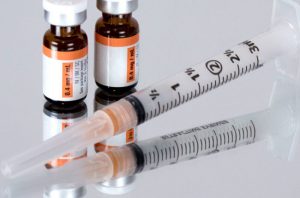 This is an antagonist to painkillers and narcotics, yet it is never medically recognized as a medicine for OUD treatment. Doctors will prescribe this one to counter the effects of narcotics, that is, depressing the respiratory system.
This is an antagonist to painkillers and narcotics, yet it is never medically recognized as a medicine for OUD treatment. Doctors will prescribe this one to counter the effects of narcotics, that is, depressing the respiratory system. Despite the effectiveness of a medication assisted treatment (MAT) for treating OUD, less than 50 percent of rehab centers in the US are offering it. Also, only one-third of patients with OUD receive MAT from clinics that can provide it. Overall, this is an alarming issue since it defeats the purpose of providing a safe and effective OUD treatment for people.
Despite the effectiveness of a medication assisted treatment (MAT) for treating OUD, less than 50 percent of rehab centers in the US are offering it. Also, only one-third of patients with OUD receive MAT from clinics that can provide it. Overall, this is an alarming issue since it defeats the purpose of providing a safe and effective OUD treatment for people.